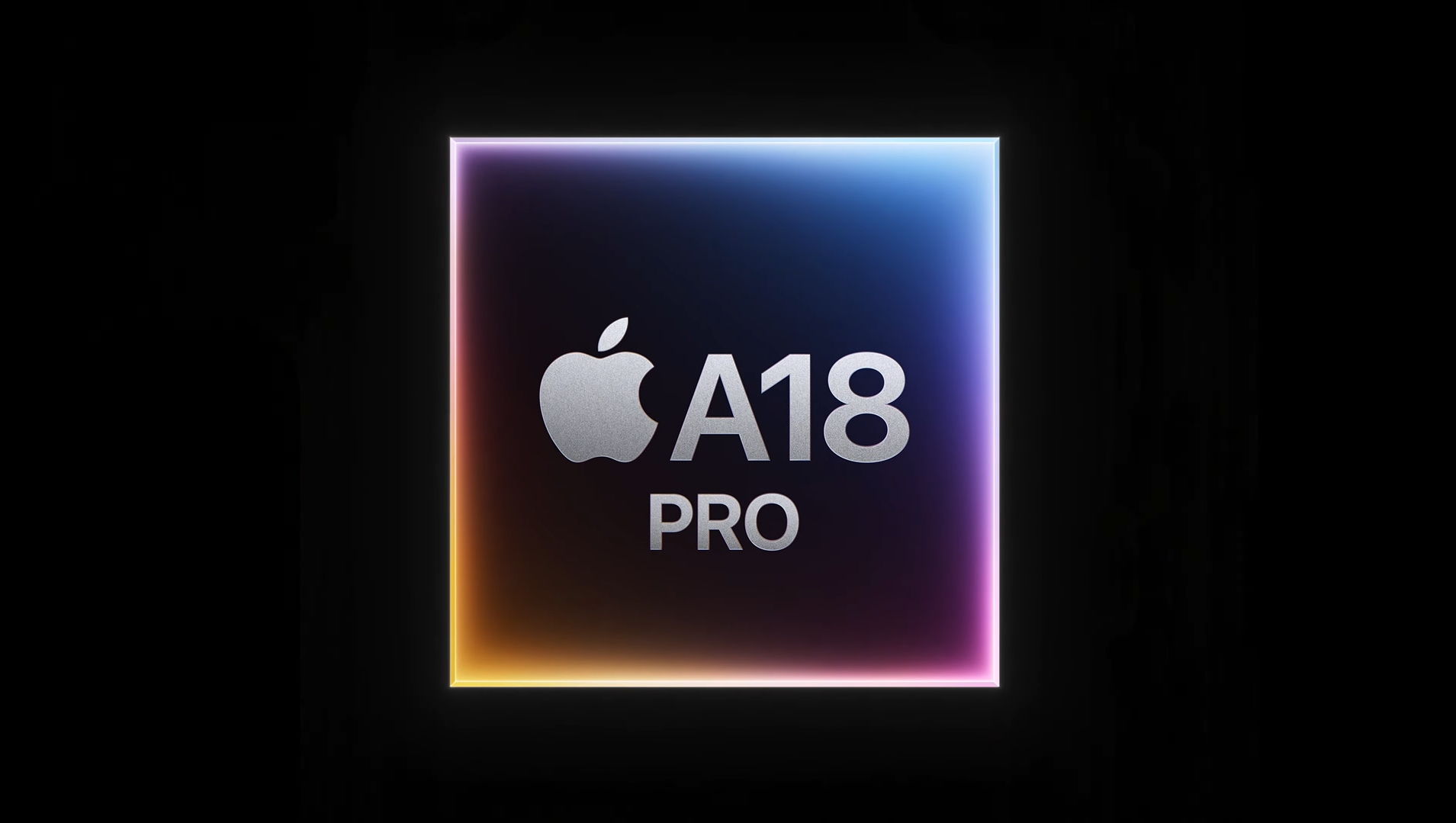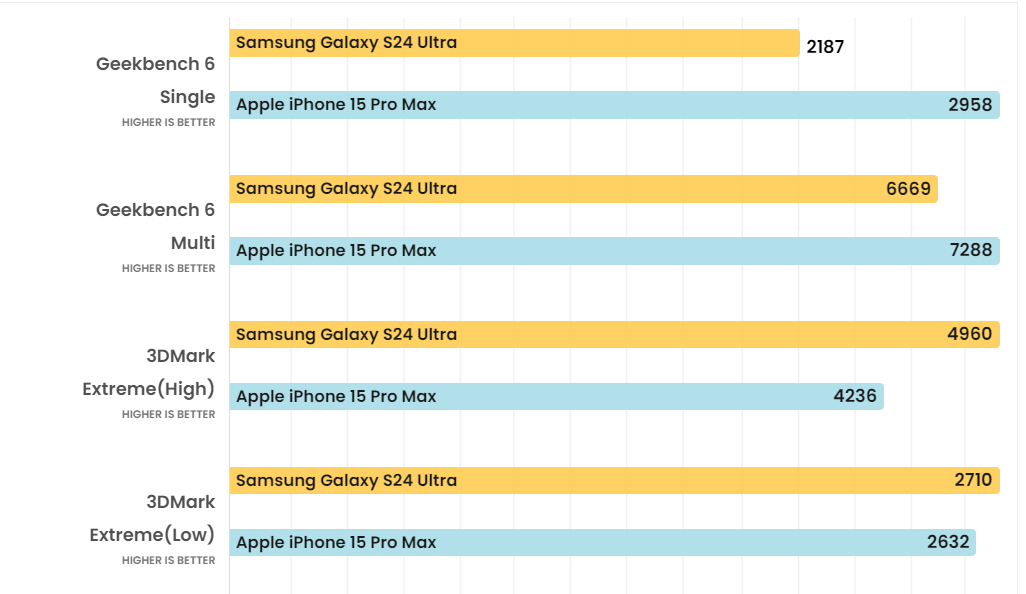This year, only the iPhone 16 Pro and iPhone 16 Pro Max are equipped with the A18 Pro processor. So how powerful is this chip?
When Apple announced that only the iPhone 15 Pro and iPhone 15 Pro Max could use the AI-powered feature called Apple Intelligence, the reason why the iPhone 15 and iPhone 15 Plus were not supported was because they were equipped with older and slower processors.
Colors of iPhone 16 Pro series.
The truth is that even Apple's M1 AI coprocessor, which has 11 TOPS, can run Apple Intelligence. Meanwhile, the A16 Bionic chip in the iPhone 15 has 17 TOPS. According to Apple's Craig Federighi, the limitation lies in the iPhone 15's 6GB of RAM.
Apple A18 Pro Processor Specifications and Features
- 2 cores 4.05 GHz
- 4 high performance cores
- 6 GPU cores
TSMC N3P 3nm Manufacturing Process
Apple is launching the iPhone 16 lineup with a new A18 chip that breaks the 4GHz speed barrier for the first time. The chip also enables significantly increased on-device AI and machine learning computing capabilities.
The Apple A18 Bionic chip is present on the iPhone 16 and iPhone 16 Plus, the A18 Pro chip is powering the iPhone 16 Pro and iPhone 16 Pro Max.
A18 Pro processor cores and clock speed
The Apple A18 Pro has both a 6-core main processor and a 6-core graphics processing system. Apple has decided to overclock it at 4.05 GHz, which is the same speed as the Snapdragon 8 Gen 4.

Chip A18 Pro.
The iPhone 16 Pro and iPhone 16 Pro Max are 20% faster than their predecessors, which use a 3nm A17 Pro chip, which has a lower maximum clock speed of 3.8GHz. So the Apple A18 Pro on the iPhone 16 Pro is more powerful than the A17 Pro chip on the iPhone 15 Pro, which likely comes from the increased maximum clock speed, not because they're built on a more advanced manufacturing node.
A18 Pro chip manufacturing process
Following N3 technology, TSMC introduced N3E and N3P, enhanced 3nm process for better power, efficiency, and density.
However, the Apple A18 Pro chip version can be built on the more expensive N3P process, which is 5% faster and consumes up to 10% less power than the N3E (Enhanced) process in the A18 chip of the iPhone 16 pair.
A18 Pro Graphics
The iPhone 16 Pro series shines in gaming, computational photography, AI, and other areas that require powerful graphics. Compared to the GPU on the current iPhone 15, the Apple A18 Pro's graphics benchmark is nearly 40% faster.

Performance of the A18 Pro chip.
It's a big "leap" but only for the iPhone Pro models. The 6-core GPU powers up gaming on the iPhone 16 Pro and iPhone 16 Pro Max, and also puts it ahead of Qualcomm's flagship Snapdragon 8 processor.
A18 Pro and Apple Intelligence AI Algorithms
The Apple A17 Pro chip's Neural Engine AI computing system has a 16-core coprocessor capable of 35 trillion operations per second (TOPS). That's more than double the 17 TOPS of the A16 Bionic processor. However, Apple says, "The new 16-core Neural Engine in the A18 Pro is faster and more efficient than the previous generation, delivering efficient performance on devices with Apple Intelligence."
The 2024 iPhone will be the first iPhone to support Apple Intelligence in all versions and will be able to adapt to the LLM 7B Large Language Model.
What about the Apple A18 chip?
The stripped-down version of the Apple A18 for the iPhone 16 and iPhone 16 Plus also comes with a 6-core processor but a 5-core GPU, which is inferior to the 6-core architecture of the graphics processor in the iPhone 16 Pro. The iPhone 16 processor also has a smaller cache size than the iPhone 16 Pro and iPhone 16 Pro Max, and a lower clock speed.

A18 Pro chip structure.
Combined with the TSMC N3E manufacturing process, the Apple A18 chip version in the iPhone 16 is slightly slower and more power-hungry than the A18 Pro processor in the iPhone 16 Pro and iPhone 16 Pro Max. However, Apple needs to make the new Apple Intelligence features run smoothly on all 2024 iPhones, so for the first time, it put 8GB of RAM in the cheapest iPhone 16 version.
However, the difference between the iPhone 16 and iPhone 16 Pro processors is much smaller than the previous two generations of iPhones, and this is noticeable.


